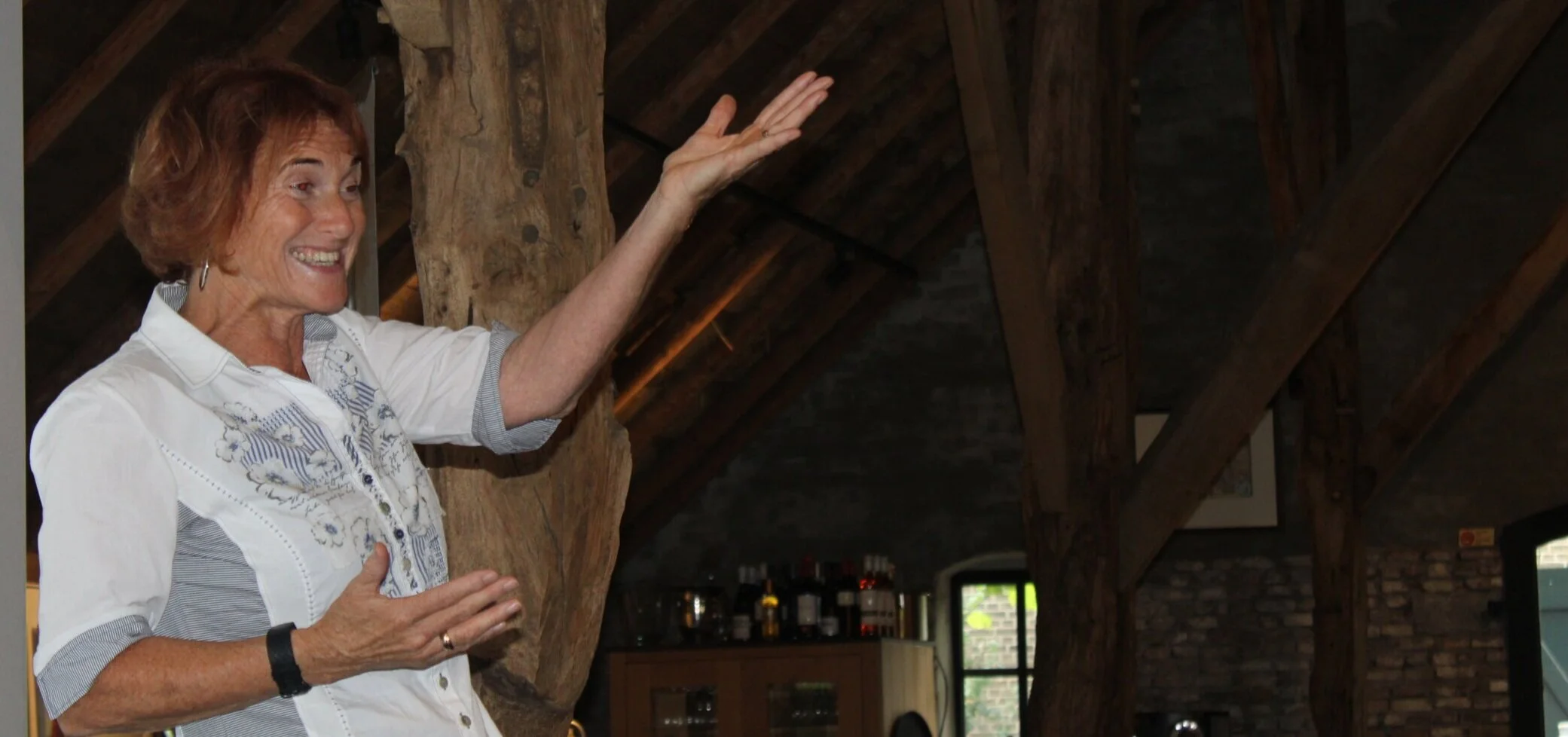Nobody becomes a pediatric therapists to make children’s lives miserable, or worse, create pain and life limiting boney deformities and yet, there’s a very real possibility that somewhere along your career path, that’s exactly what your suggestions or recommendations might have done. Now this is a confronting thought , but one that needs some airtime, with a little self-reflection and no judgement - certainly not from me, because I’m right there with you.
I think it was Maya Angelou who said ‘do the best with the knowledge you have, but when you know better, do better’ which is a lovely quote to live by. With that in mind, this conversation with Sharon Sutherland and Jenn McKee is a not to be missed deep dive into what they call a human first approach to seating and wheelchair mobility, but what I’ll call a holy smokes - our solutions may have been part of the problem here people.
Sharon and Jenn share how they support seating and wheelchair mobility with a beautiful human first approach. We discuss real clinical cases and dig into all the tricky bits we constantly run up against as therapists, managing head support and keeping feet on footplates, complex bodies, silent pain, navigating team disagreements and technology shortfalls, getting family buy-in, dynamic systems and pommels. There were so many essential topics we covered that this interview extends waaay over the usual hour. I was going to split it into two parts, but I’ve decided to try out a longer form interview. Please let me know if you like the longer interview - and if, like me, you had a couple of slap the head moments!!
Podcast link: https://open.spotify.com/episode/0WDrozD85NObDV6WCqSVjr?si=XSv8Tk4SSoGZ6YIuWhjxaA
There's a ton of additional links and resources for you to grab at https://www.wiredondevelopment.com related to this conversation
Enjoy!
